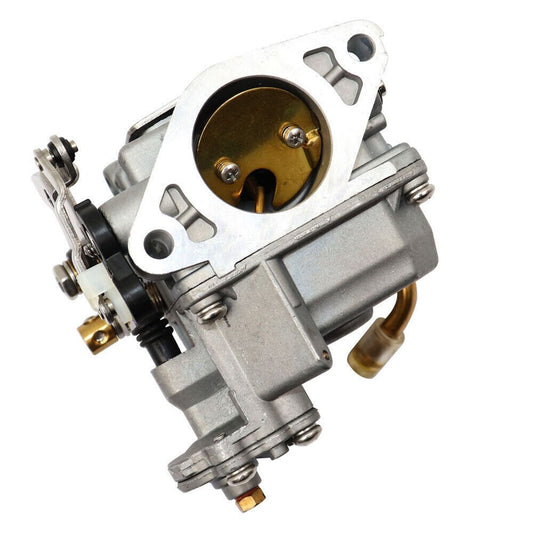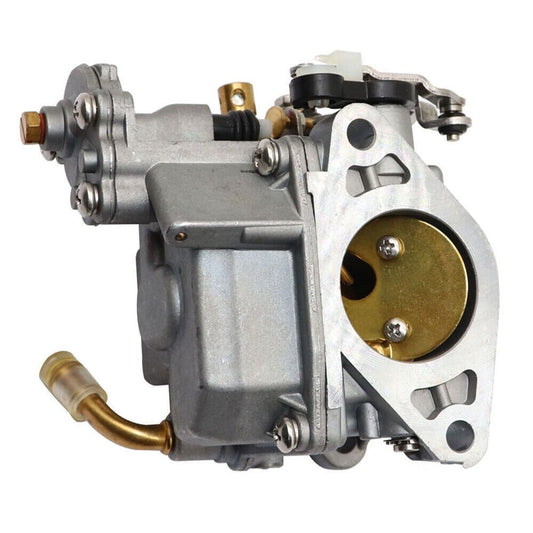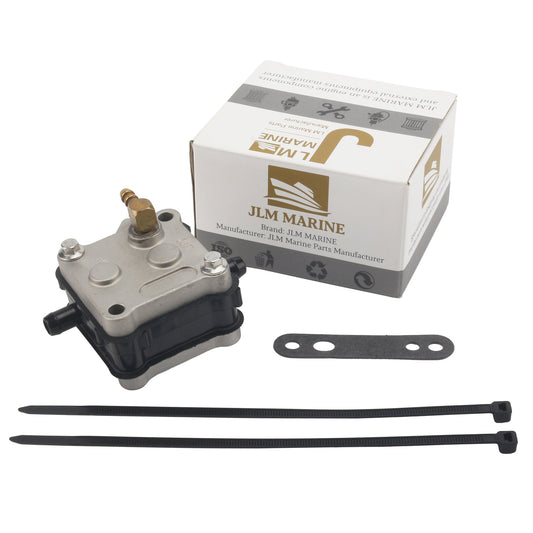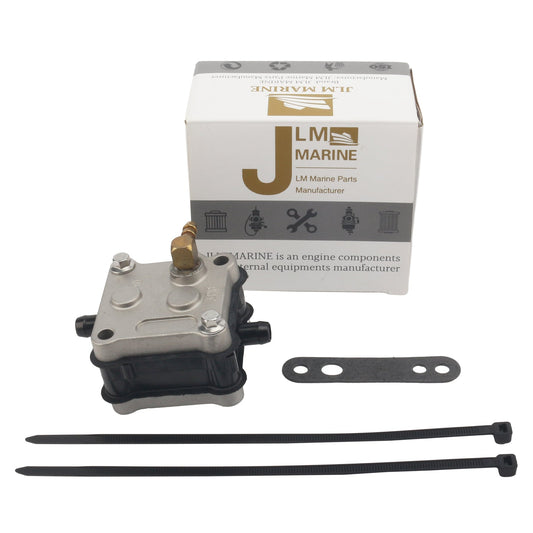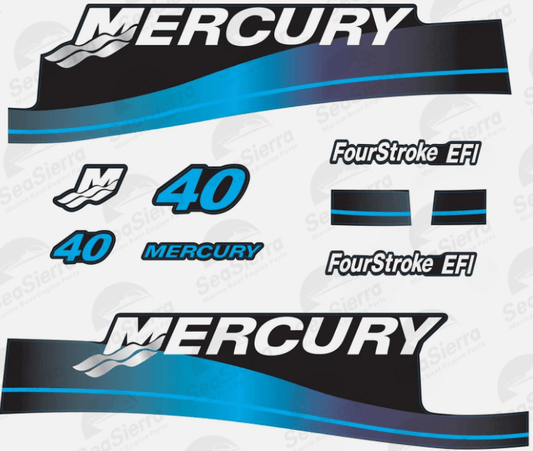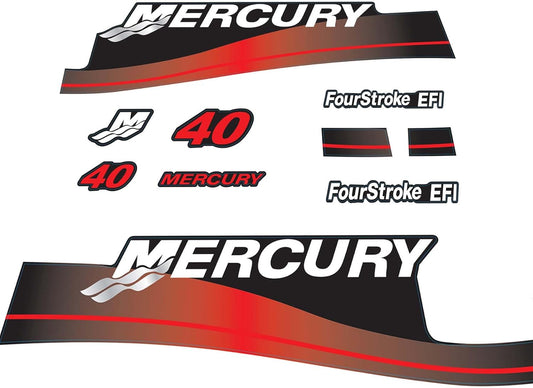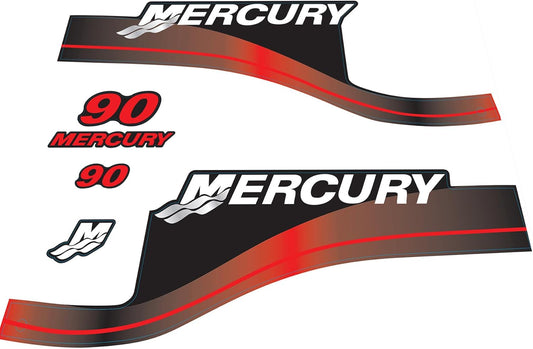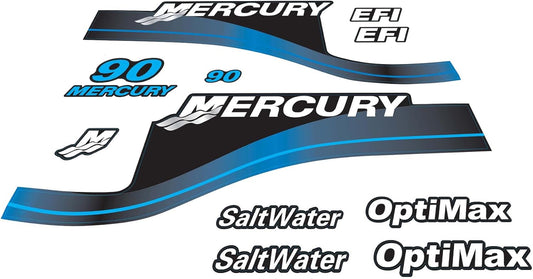Gulf Marine Market Navigating Challenges in the Middle Easts Boating Paradise
The Gulf Cooperation Council (GCC) region, with its stunning coastlines, year-round sunshine, and wealth of natural harbors, has long been viewed as a promising frontier for the global marine industry. Once heralded as a potential lifeline for boat manufacturers and equipment suppliers during the 2008 global financial crisis, the Gulf marine market has since experienced a series of dramatic ups and downs that have tested the resilience of industry stakeholders. Today, this market stands at a critical juncture, facing both significant challenges and compelling opportunities that will shape its development in the years ahead.
Market Overview: A Rollercoaster Journey
The Gulf marine market's trajectory over the past decade resembles a rollercoaster ride of soaring optimism followed by sobering reality checks. In the pre-2008 period, the region was awash with ambitious plans for marina developments and waterfront properties, with over 100 new marina projects under construction or planned across the six GCC countries—arguably the largest concentration of marina developments in the world at that time.
However, the global financial crisis of 2008-2009 delivered a harsh blow to these aspirations. The collapse of property markets and the decline in value of global investments held by many Arabs led to a significant market contraction. Boat sales plummeted, and marina operators struggled to find customers for berths. By 2012, as Gulf economies began to recover, the boating business appeared to be regaining momentum, but by early 2015, new challenges emerged that have once again called the recovery into question.
Fast forward to the present, and the reality is that only about 20 of those 100+ marina projects have been completed. This stark contrast between ambition and execution illustrates the volatile nature of the Gulf marine market and the complex interplay of economic, political, and regulatory factors that influence its development.
Current Challenges Facing the Gulf Marine Market
Several significant challenges are currently impacting the Gulf marine market:
Economic Pressures
The halving of oil prices has put all GCC economies under pressure, tightening budgets and reducing business confidence. While Gulf governments continue to spend on mega-projects, development programs, and social welfare initiatives despite the sharp drop in oil prices, the economic uncertainty has made consumers more cautious about discretionary spending on luxury items like boats.
Economists Tim Fox and Francisco Quintana noted at a seminar in early 2015 in Kuwait that while there will be strain on the budgets of Gulf countries, high cash reserves generated from previous years would enable continued spending. Most forecasts place GDP average growth for the GCC in 2015 at 3%-4%, a respectable figure but one that reflects a more measured pace of development than during the boom years.
Geopolitical Tensions
Security threats in the Gulf, particularly from ISIS, are becoming a real concern to both expatriates and locals. These security concerns have led to increased border security measures that directly impact boating activities. It's now mandatory in most GCC countries to be logged in and out of marinas or ports by the Coast Guard, adding bureaucratic complexity to what was once a relatively hassle-free pastime.
The downturn in the Russian economy has also had a knock-on effect in the Gulf, particularly in Dubai. With its attractive climate and liberal economy, Dubai had become a popular haven for Russians, many of whom rented or purchased property there. However, the city is now feeling the impact of the reduced spending power of this important market segment.
Regulatory Hurdles
Safety regulations are becoming more stringent across the region. While compulsory wearing of lifejackets is generally viewed as a sensible measure by the industry, other restrictions—such as Coast Guard prohibitions on going to sea in the UAE during relatively moderate 15-knot breezes—are seen as excessive and detrimental to the boating experience.
These regulatory challenges represent a significant barrier to market growth, as they directly impact the ease and enjoyment of boat ownership and use. Industry stakeholders are increasingly advocating for a more balanced approach to regulation that ensures safety without unnecessarily restricting boating activities.
Country-Specific Market Insights
The Gulf marine market is not monolithic, with significant variations in market conditions, boating cultures, and growth prospects across different countries in the region:
Bahrain
Despite its small size, Bahrain has a strong maritime heritage that makes leisure boating extremely popular among its population of approximately 700,000. Industry estimates suggest a market of around 10,000 leisure craft over 15 feet in length (the threshold for official registration), with about 50% of these being under 24 feet.
Bahrain's economy was hit hard by political instability during the "Arab Spring," but has since made efforts to diversify and recover. In 2014, the country recorded GDP growth of 3.9%, partly due to improved tourism from Saudi Arabia. The boating market has shown signs of improvement, with a total market for imported boats of about 30 units per year, according to Abdulla Isa Al Doseri, Director at Delma Marine, one of the main boat and equipment dealers in Bahrain.
The number of marinas in Bahrain has grown to seven, with more projects in planning and development stages. The country also serves as a center of expertise and supply for equipment, engines, and boats for the commercial small boat markets in Saudi Arabia and Iran.
Kuwait
Kuwait represents one of the largest Gulf boating markets in terms of boat numbers and participants. Government figures from 2009 estimated approximately 20,000 registered leisure boats in the country, translating to a boat ownership ratio of one boat for every 38 Kuwaiti nationals and high-income expatriates—a figure that is impressive even by the standards of developed boating markets in Europe and the US.
The invasion of Iraq by allied forces in March 2003 gave the leisure boating market a major boost, as business confidence increased and boat owners were able to extend their cruising waters considerably. This resulted in increased sales for larger powerboats. However, boat sales have fallen since the boom years after 2005, when 400-500 leisure boats were reportedly sold per year.
In 2014, sales of larger yachts over 40 feet were estimated at only 15-20 units, with another 80 smaller boats being purchased, for a total of approximately 100 new boats sold into Kuwait across all size categories.
A significant development for the Kuwait market was the opening of the new Sabah Al Ahmad Sea City marina in April 2015. With an initial 410 berths and expansion underway to add another 810 berths, this facility is expected to change the dynamics of the berthing market and potentially stimulate increased sales of larger yachts.
The Kuwait Yacht Show, which held its third edition in February 2015, is also helping to revitalize the market by bringing purchasing power back to Kuwait. As show director Nouf Al Hajri noted, "Previously boat owners had to travel to see the new boats and equipment. Now with the show, I can see exhibitors investing in their participation with latest boats and equipment on offer."
Oman
Oman offers some of the best boating conditions in the region and has been actively pursuing a development plan focused on diversification, industrialization, and privatization, with the objective of reducing the oil sector's contribution to GDP from 46% to 9% by 2020. Tourism and gas-based industries are key components of the government's diversification strategy.
The boating market in Oman differs significantly from other GCC countries, with a greater emphasis on the natural boating experience rather than the luxury marina lifestyle that characterizes markets like Dubai. This unique positioning gives Oman potential as a growth market for certain segments of the boating industry, particularly those focused on fishing, diving, and eco-tourism.
United Arab Emirates
The UAE, particularly Dubai, has been the showcase for luxury boating in the Gulf region. With its iconic waterfront developments like Palm Jumeirah and ambitious marina projects, Dubai has positioned itself as a global yachting destination. However, the market has faced challenges in recent years due to economic pressures, regulatory hurdles, and changing consumer preferences.
The UAE market is characterized by a strong emphasis on luxury and prestige, with a significant presence of international yacht brands and a well-developed infrastructure for yacht services and maintenance. However, the onerous regulations enforced by the Coast Guard have become a priority issue for the local industry, as they directly impact the enjoyment and convenience of boating activities.
Market Segments and Trends
Several distinct segments and trends characterize the Gulf marine market:
Luxury Yacht Segment
The luxury yacht segment, particularly in the UAE and Qatar, continues to show resilience despite economic challenges. High-net-worth individuals in the region maintain their interest in prestigious yacht brands and custom builds, although the pace of purchases has slowed compared to the pre-2008 period.
Gulf Craft, the region's leading boat manufacturer, has successfully positioned itself in this segment with its Majesty Yacht range. The company's commitment to the Kuwait market was demonstrated at the 2015 Kuwait Yacht Show, where it exhibited 15 models ranging from 27 to 122 feet, including five examples of its Majesty Yacht range that were transported 500 nautical miles by sea in rough conditions.
Small to Medium-Sized Boat Market
The majority of boats in the Gulf region are under 36 feet and are imported from Gulf boatbuilders, who have approximately 85% of the small boat sector. Local builders like Gulf Master in Kuwait, which produces outboard-powered boats between 17 and 35 feet, serve this market segment.
This segment is particularly strong in markets like Bahrain and Kuwait, where there is a tradition of recreational fishing and day boating. The small to medium-sized boat market is also less affected by marina berth availability issues, as many of these vessels can be trailered or kept at smaller, less expensive facilities.
Outboard Motor Market
The Gulf region, particularly Kuwait, represents a large market for outboard motors. Mercury has the largest market share in Kuwait, estimated at 60% to 70%. The preference for outboard motors is driven by factors including ease of maintenance, performance in shallow waters, and the ability to tilt the motor up when not in use to protect it from the harsh marine environment.
Marina and Waterfront Development
Despite the slowdown in marina development compared to pre-2008 plans, there continues to be strategic investment in high-quality marina facilities across the region. The opening of the Sabah Al Ahmad Sea City marina in Kuwait is a prime example of how new infrastructure can potentially stimulate market growth by addressing the critical issue of berth availability.
The marina development trend is now more measured and realistic than during the property boom, with a focus on creating sustainable facilities that serve the actual needs of the boating community rather than primarily driving property values.
Opportunities for Marine Equipment Suppliers
For marine equipment suppliers looking to serve the Gulf market, several strategic opportunities exist:
Quality and Durability Focus
The harsh environmental conditions in the Gulf region—including extreme heat, humidity, and saltwater exposure—create a demand for high-quality, durable marine equipment. Suppliers who can provide OEM-quality parts that withstand these conditions have a competitive advantage in this market.
Comprehensive Service Support
Given the regulatory complexities and maintenance challenges in the region, suppliers who can offer comprehensive service support alongside their products are well-positioned for success. This includes technical training for local service providers, readily available spare parts, and responsive customer service.
Factory-Direct Pricing Models
In a market experiencing economic pressures and increased price sensitivity, factory-direct pricing models that eliminate intermediary markups can be particularly effective. This approach allows suppliers to offer premium products at competitive prices while maintaining healthy margins.
Free Worldwide Shipping
The geographically dispersed nature of the Gulf market, with boating hubs spread across multiple countries, makes free worldwide shipping a significant competitive advantage. This is particularly valuable for aftermarket sales to boat owners throughout the region.
Strategic Partnerships
Developing relationships with established dealers, service providers, and marina operators can provide valuable market access and insights. The experiences of companies like Gulf Craft demonstrate the importance of having the right local partners to navigate the complex Gulf market successfully.
Strategies for Success in the Gulf Marine Market
For marine equipment suppliers and service providers looking to capitalize on the Gulf market's potential despite its challenges, several strategic approaches merit consideration:
Regional Adaptation
Understanding the distinct characteristics and needs of each country within the GCC is essential. What works in the luxury-focused UAE market may not be appropriate for the more traditional boating culture of Oman or Bahrain. Tailoring product offerings, marketing messages, and distribution strategies to these regional differences can significantly enhance market penetration.
Regulatory Navigation Expertise
Given the increasing complexity of boating regulations across the Gulf, suppliers who can help customers navigate these requirements have a distinct advantage. This might include providing documentation support, compliance guidance, or products specifically designed to meet local regulatory standards.
Weather-Resistant Product Development
The extreme climate conditions in the Gulf region create unique challenges for marine equipment. Products that are specifically designed or adapted to withstand high temperatures, humidity, and saltwater exposure will find receptive customers among boat owners who have experienced premature failures with standard equipment.
Seasonal Market Timing
Understanding the different boating seasons across the Gulf is crucial for effective marketing and inventory management. While the boating season in Kuwait runs from April to September, the opposite is true for lower Gulf states such as the UAE, Qatar, and Oman, where the cooler winter months are preferred for boating activities.
Digital Engagement
With travel restrictions and security concerns potentially limiting physical market access, developing strong digital engagement strategies becomes increasingly important. This includes comprehensive online product information, e-commerce capabilities, virtual product demonstrations, and responsive customer service through digital channels.
Conclusion: Navigating the Future of the Gulf Marine Market
The Gulf marine market stands at a crossroads, facing significant challenges but also offering substantial opportunities for those who can navigate its complexities. While the market may never return to the unbridled optimism and explosive growth projections of the pre-2008 era, it continues to represent one of the world's most interesting and potentially rewarding boating markets.
The fundamental attractions of the region for boating—including excellent weather conditions, stunning coastlines, and a wealthy consumer base with an increasing interest in leisure activities—remain intact. These factors, combined with strategic infrastructure investments like the new marina in Kuwait, provide a foundation for cautious optimism about the market's long-term prospects.
For marine equipment suppliers, success in this market will require a nuanced understanding of its unique characteristics, challenges, and opportunities. By focusing on quality, service, competitive pricing, and strategic partnerships, suppliers can position themselves to weather the current challenges and capitalize on the Gulf's enduring potential as a boating paradise.
As one industry observer noted, "The Gulf marine market is like the sea itself—sometimes calm, sometimes stormy, but always in motion." For forward-thinking marine equipment suppliers, this dynamic market continues to offer significant rewards for those who can successfully navigate its changing currents.

